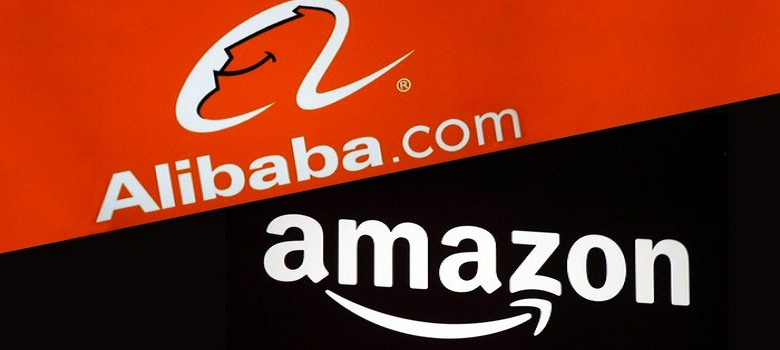

Read more: Google is the Top Cloud Provider for Retailers: Fresh Market Research Who will end up dominating the Cloud Space?īoth AWS Outposts and Azure Stack are “Hybrid cloud as a service.” They can be used to build private cloud space and come packed with built-in support services, thus posing fewer challenges for organizations that deploy them. Whereas Azure Stack cannot be bought directly from Microsoft, but from one of its several vendors.
#AMAZON STACK THE STATES FULL#
AWS fully manages the hardware and software updates and offers full support out of the box.Unlike Microsoft, AWS offers a fully-managed service including managed updates.With Azure Stack, users need to go through the procurement and deployment stages with one of its partners. AWS Outposts can be ordered via the AWS console, making it extremely simple to deploy.While on the other hand, Azure Stack works with several OEMs. AWS owns the complete hardware and software stack (apart from its partnership with VMWare), which is quite handy as it brings complex new features such as hardware-dependent networking capabilities.Whereas with Azure Stack, the minimum requirement is four nodes. With AWS Outposts, users start with one node.Let’s delve into some of the differences between the Hybrid cloud solutions by AWS Outpost and Azure Stack and know the features of each. They fall under the IaaS (Infrastructure-as-a-Service) category.ĭeployment options for private clouds created with these platforms provide services such as data analytics and Database-as-a-Service. They help enterprises combine their on-premises infrastructure with public Cloud’s potential. On a broader level, both platforms provide the same functionality. Understanding the strengths and weaknesses of the two platforms is necessary before adopting either of the two solutions. Comparison between Azure Stack and AWS Outposts The Outposts infrastructure, AWS services, and updates are managed by AWS, just like the cloud services. The Outposts are connected to the nearest AWS Region to provide consistent operational experience across on-premises and cloud environments. Customers can also configure their Outpost with EC2 instances and EBS volumes for storage.

The two variants are - run VMware Cloud on AWS, or run compute and storage on-premises using the same APIs. With it, customers can order hardware racks with pre-installed AWS services. It gives fully configured hardware and software to customer’s data centers and allows them to run their applications at any location.

AWS Outpost Image Credits: AWS OutpostsĪWS first moved into Hybrid solutions at re: Invent conference in 2018 with the launch of Outpost. Also referred to as Azure Stack Hub by vendors, it extends to other public cloud partners as well. It brings a complete set of services to customers’ data centers.

It aims to provide users with a single platform to use all apps and services.Īzure can be used with many hardware partner vendors, and users only pay for what they use. The applications developed by enterprises can be deployed on either Azure clouds or its datacenter without rewriting the code. This is the stepping stone in transitioning to cloud technology. Microsoft Azure Stack allows customers to access different Azure services from their respective data centers. Let’s learn about them in detail: Azure Stack Image credits: Microsoft Azure Hybrid Cloud offers much more flexibility, gives enterprises the freedom to choose features as they wish, and avoids making changes to the methodology of the workflow.Īs for the services offered, Amazon Web Services and Microsoft Azure are the two primary Cloud Service Providers offering Hybrid cloud services. This number alone speaks for the advantages that Hybrid Cloud brings in for enterprises. According to a research, over 58 percent of enterprises’ workloads are on Hybrid Cloud. Hybrid Cloud combines public and private Cloud with on-premise resources to allow information sharing.


 0 kommentar(er)
0 kommentar(er)
